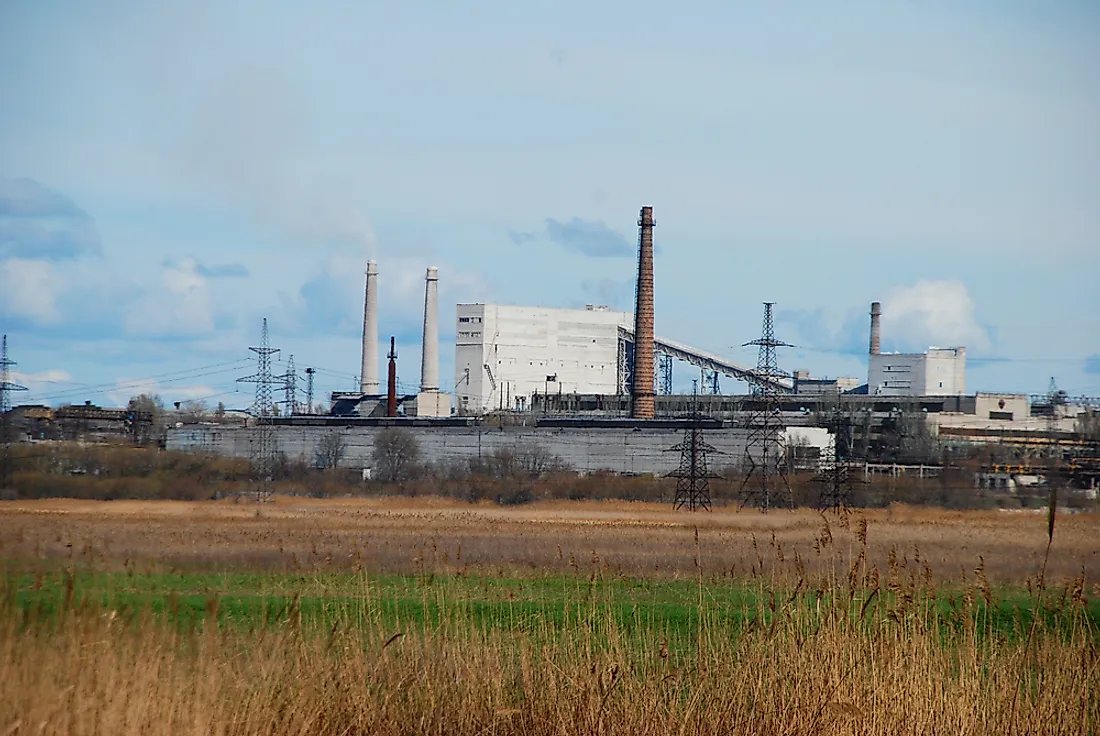What Are The Biggest Industries In Chad?

Chad is a landlocked nation found in northern Central Africa, and it shares its land borders with Sudan, Libya, Central African Republic, Niger, Nigeria, and Cameroon. The country is the fifth largest in the continent and much of the country, particularly the northern region, lies within the Sahara desert. The country covers an area 496,000 square miles and the population as of 2009 was 11,039,873 translating to a population density of approximately 22.3 people per square mile. In 2003, the country joined the league of countries that produced oil and raised the hopes of the country of generating more revenues that would improve the economic situation.
According to the UN's human development index, Chad ranks one of the poorest nations in the world having approximately 80% of its population living below the poverty level. In 2009, the GDP per capita on purchasing power parity was about $1651. While in 2018, nominal GDP was about $11 billion and the nominal GDP per capita was about $890. Similarly, GDP based purchasing power parity in 2018 was $30 billion, and GDP per capita based on purchasing power parity was $2,428. The civil war, which has rocked the country for years have scared investors and making the economic situation in the country even worse. The recent stability in the country has improved the prospect of economic growth.
Agriculture Industry
In 2006, agriculture employed about 80% of the country's workforce, and it accounted for about half of the country's GDP. Most of the country's agricultural output is on small-scale farms except for cotton, which is cultivated on large-scale farms. Cotton is one of the indigenous crops to Southern part of Chad, and most of the crops are cultivated in 5 prefectures of Chad. The crop was introduced as a cash crop by the French colonialists in 1910 when they organized market production of cotton, and by 1920s the Colonial administration in Chad was attempting to promote the cultivation of the crop for the export market. The French identified cotton as the most viable cash crop in the colony. Part of the motivating factor was to source the raw materials for industries in France, and it was deemed that taxes gained from commercial farming would offset the expenses of running the colonial administration. From the colonial period to this day, cotton has been cultivated in Chad. Other crops produced by subsistence farming include millet, sorghum, and berebere.
Manufacturing Industry
The manufacturing industry in Chad is still underdeveloped partly because of the prolonged civil war which affected the nation for several decades. Manufacturing in the country is generally based on agriculture, and it accounts for about 14% of the country's GDP. The leading manufacturing industries include food processing, cotton ginning, sugar processing, and textile manufacturing.
Oil Industry
Exploration of oil in the country began in the early 1950s when the country was still a French colony, and about three oil-rich areas were discovered. Because of the high cost involved in oil extraction, the French did not develop the discovered oil. During that period most of the oil in the region was imported from the Middle East and Algeria which was relatively cheaper. When the country gained its independence in 1960, the government listed the American oil and gas company, Conoco, to exploit the oil. Chad has significant reserves of crude oil, and most of the oil is produced in Doba Basin in Southern part of the country where it was first discovered in the 1970s.
Challenges Facing The Country
Chad like most countries in Africa have abundant natural resources like uranium, oil, gold, limestone, sand, and salt among others, but the country remains one of the poorest in Africa. The country has one of the lowest literacy levels in Africa. The literacy rate in the country stands at about 25.7% of the whole population and the literacy rate of the female standard 12.8%. This means that 25.7% of the country's population aged above 15 years can read and write and only 12.8% of the females aged above 15 years can read and write. The country also has been affected by numerous communicable diseases such as malaria, rabies, schistosomiasis, and others which are widespread. Other conflicts in the neighboring countries easily spill over to Chad because of its location as a landlocked country, which has made the country one of the most unstable in Africa. Similarly, industries in Chad lack sufficient infrastructure markets. Because of its location as a landlocked nation, the country has low export volumes which have hindered industrial productivity.











